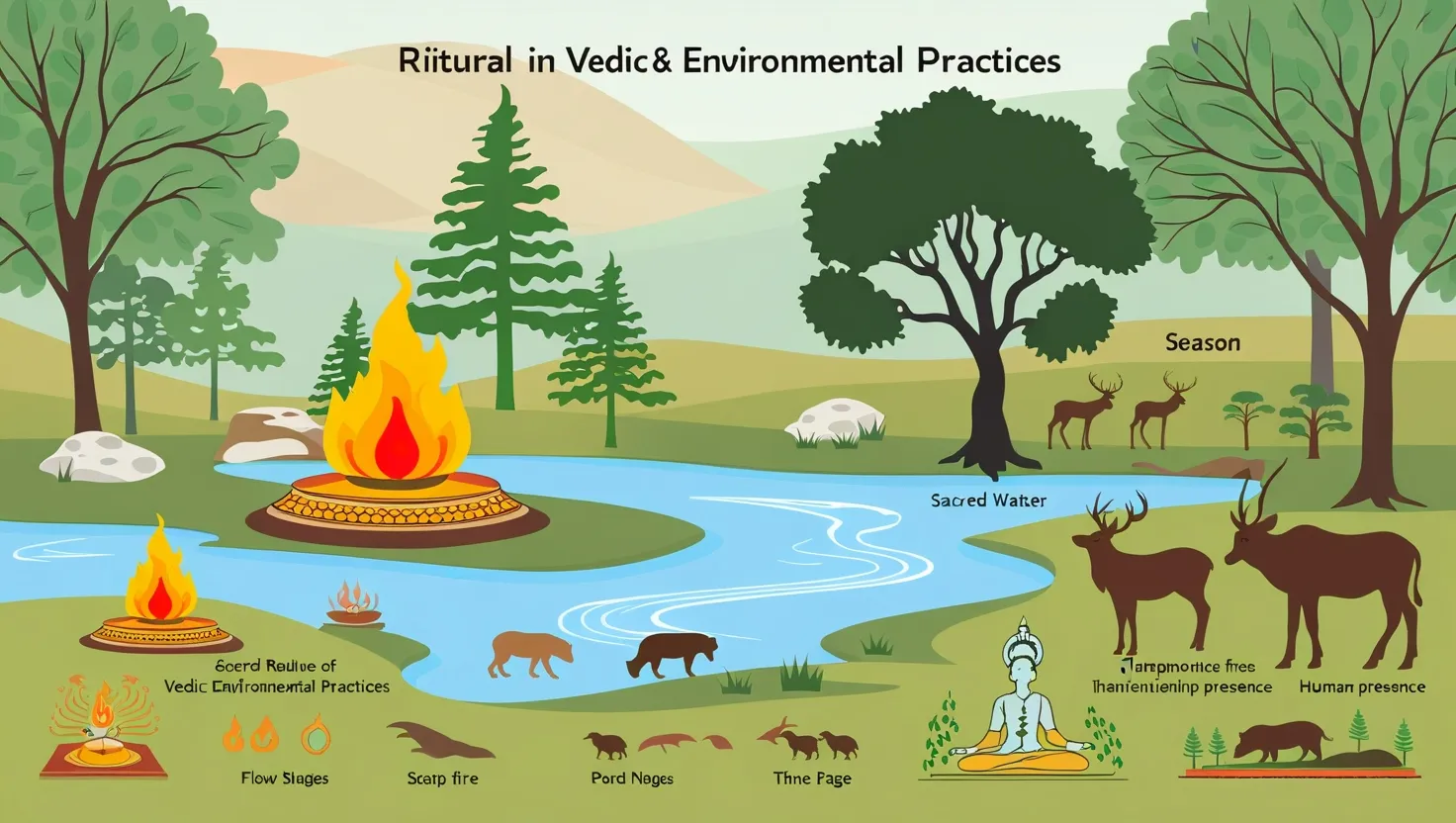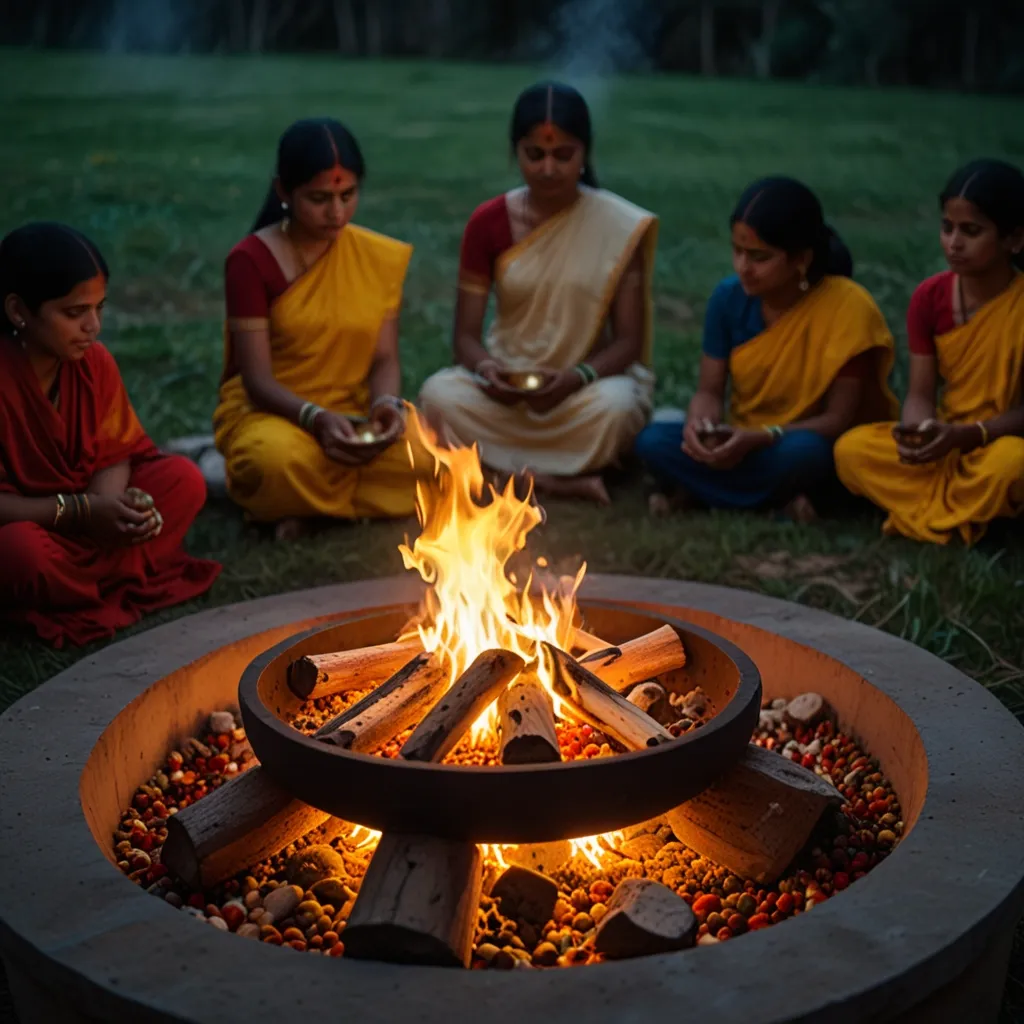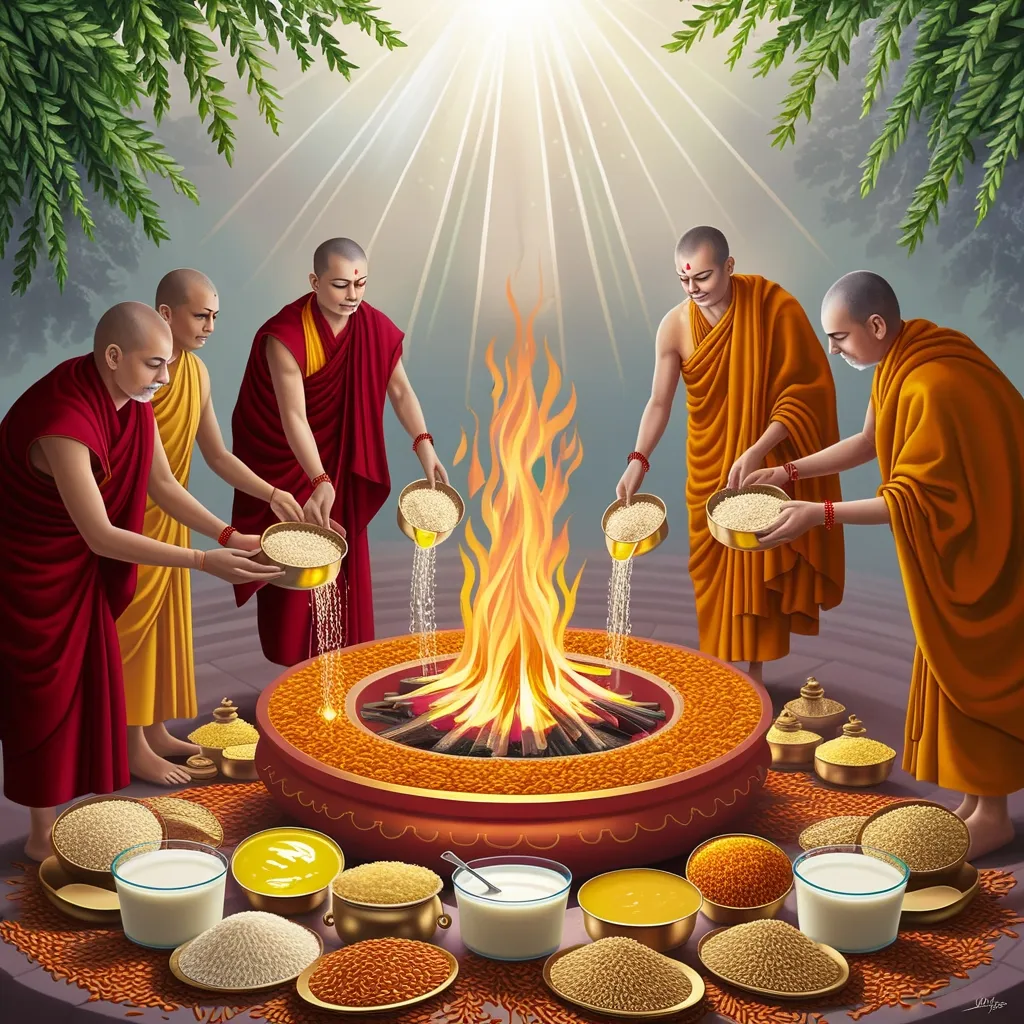Breathing is something I rarely think about. Yet, in the Vedic perspective, every breath is packed with meaning—more than just air moving in and out. The ancient seers described something alive in this process: prana, the vital force said to connect my individual life to the expanse of the universe itself. Have you ever paused, just for a moment, to notice what’s happening during an ordinary breath? I’d like to invite you to consider: could this simple act be the bridge between our body and everything beyond it?
“Breath is the bridge which connects life to consciousness, which unites your body to your thoughts.” — Thich Nhat Hanh
The Vedas maintain that prana isn’t just a spiritual term—it’s practical and immediate. Prana flows as my inhalation receives the world, my exhalation lets go of whatever is mine to release. The Rigveda imagines prana as an invisible thread: every cycle tying me to a greater order. In fact, the breath’s movement serves as a daily exchange between my personal awareness and a vast, universal presence. Am I, in breathing, participating with something timeless?
Vedic teachings chart prana into five forms within the body, each subtly running its own domain. There’s prana vayu for inhalation and mental focus, apana vayu for grounding and elimination, samana vayu for digestion and balance, vyana vayu for circulation and coordination, and udana vayu for upliftment and expression. These aren’t mere metaphors; they offer a map for health beyond the familiar physical terms. What if balancing these ways of breath aligned not just organs, but moods and clarity of mind? This perspective brings surprises, like realizing that digestion or emotional expression can be understood as flows of vital energy in specific directions.
“Sometimes the most urgent thing you can do is take a complete rest and let your breath return to normal.” — Thich Nhat Hanh
I’m struck by how conscious breathing instantly affects my state. The Vedas observed this: rapid, shallow breathing tends to come with restlessness or worry, while slow, deep breaths quiet the mind. Modern science corroborates this, showing that intentional breathwork influences both brain activity and hormone levels, steering the nervous system toward calmness. It’s not just ancient philosophy. When I slow down my breath, cortisol can drop, heart rate steadies, and my brain’s emotional centers can reset.
Pranayama is more than a breathing exercise; it’s a technology for awareness. Various methods—each with their nuanced effects—have developed over centuries. Some techniques cool, others activate heat, some pause and retain breath for focused energy, others synchronize movement and rhythm. They can be tailored for different needs: calming agitation, stoking internal vigor, even aiding digestion or balancing emotions. It’s fascinating that every technique serves a specific role, much like tools in a conscious toolkit. Isn’t it extraordinary that something this simple, under my nose, can be so sophisticated?
“By regulating breathing, we can regulate our state of consciousness.” — Swami Sivananda
There’s something deeply intriguing about the connection between breath and sound. When I repeat a mantra—whether voiced, whispered, or thought—the rhythm naturally pairs with my breathing. The Vedic wisdom teaches that this synergy amplifies effects: my vocal vibrations and the pattern of prana begin to harmonize, fostering both spiritual insight and physical equilibrium. Some yogis claim that a well-practiced mantra, attuned to breath, anchors their awareness through every moment of the day. Could pairing words with breath be a way to synchronize myself with the underlying patterns of life?
What’s remarkable is how these ancient approaches echo through modern research. Controlled studies find that deliberate breathing improves sleep, lowers blood pressure, and reduces anxiety. The connection to the vagus nerve—key in regulating stress responses—demonstrates how breath directly impacts the body’s state. Brain imaging studies show shifts in regions associated with emotion and attention after just a few weeks of sustained breath practice. It’s as if science is rediscovering truths known for thousands of years.
“Feelings come and go like clouds in a windy sky. Conscious breathing is my anchor.” — Thich Nhat Hanh
Even on a regular day, the practical benefits are immediate. When I take three intentional breaths before an important conversation or decision, my mind clears, my body settles, and my response is more centered. These moments don’t require extra time or knowledge—just awareness. It’s surprising how brief pauses, scattered throughout my routine, can accumulate into a profound shift in quality of life. How often do I forget to use this easy, portable wisdom?
Breathing can become continual meditation. For experienced practitioners, the separation between “doing” and “being” seems to dissolve, as each breath is both a marker of individual life and a gesture within a universal rhythm. With time, this recognition grows: the motion of air, the pulse of prana, blends with the enduring vibration of all things living. What starts as a practice opens into a constant reminder—ordinary respiration becoming proof of a connection to something vast and sustaining.
“If you want to conquer the anxiety of life, live in the moment, live in the breath.” — Amit Ray
These ancient teachings show me how breath is an instrument for developing presence and vitality. They don’t ask for elaborate rituals or special conditions. I can practice awareness anywhere—standing in line, resting before sleep, moving between activities. The breath is always available, unobtrusive, and deeply transformative when I choose to notice.
What I find especially fascinating is that while prana’s impact is immediate, its subtler effects emerge over time. Attuning to breath not just changes how I feel for a moment, but slowly rewires how I relate to my body and thoughts, even my sense of purpose. As neuroplasticity is now a key area of research, it supports the idea that sustained breathwork can alter patterns of emotion and attention, unlocking capacities for resilience and insight. Can something so basic shape the way I experience the world?
“Remember that breath is life, and that there is no life without breath.” — Yogi Bhajan
In learning to direct my breath consciously, I am learning to live more deliberately. The Vedas encourage me to see that each inhalation is a gift from the universe, and each exhalation is a return—an act of sharing and letting go. This reframing turns breathing into participation with the cosmos, an ongoing connection rather than a solitary act.
I sometimes wonder: How would my life change if I treated every breath with reverence? The teachings point to something quietly revolutionary—making the automatic intentional, turning the invisible into presence. Prana becomes not just a word, but an experience that stitches together the edges of my reality, letting me move through the world both grounded and open.
Have you noticed how, in moments of awe or deep emotion, your breath seems to change on its own? This instinctive response suggests there’s wisdom embedded in breathing—a guide to help us meet the highs and lows of life. The Vedic perspective invites us to become collaborators with this wisdom, meeting each inhalation and exhalation as more than habit, but as possibility.
“Breath is the finest gift of nature. Be grateful for this wonderful gift.” — Amit Ray
The more I explore prana, the more I see that breath isn’t just mechanical. It is an invitation to experience connection and transformation. Whether through science or spiritual insight, the message converges: conscious breathing is a tool of great power, one as old as life itself, and as present as this very moment. If I let it, every breath can be a step into greater presence—body and cosmos meeting in a rhythm as ancient as the Vedas, and as individual as the life I live now.






